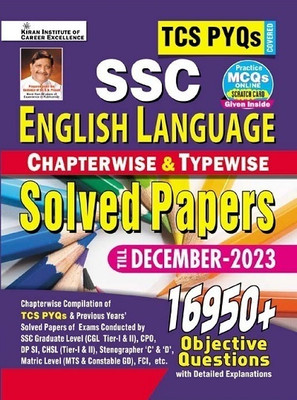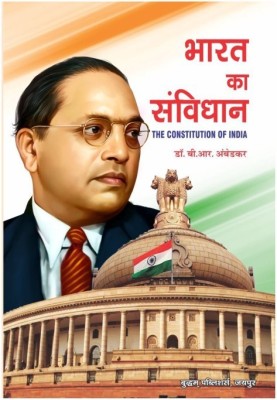
Embedded Systems and Real-Time Operating Systems (English, Paperback, V. N. Ghodke)
Price: Not Available
Currently Unavailable
Highlights
- Language: English
- Binding: Paperback
- Publisher: Chinttan Publications
- Genre: Academic & Test Preparation
- ISBN: 9788189194079, 8189194070
- Edition: 1, 2011
- Pages: 392
Description
This book gives a beginner approach for understanding embedded systems starting with the basics and taking to the real world embedded systems. Much of the material presented in this book is motivated by frequently asked questions over the years from the students and development engineers. The text introduces embedded system and RTOS concepts, shows how those concepts are useful in problem solving. Equal emphasis is placed on both the abstract and the concrete versions of a concept, so that the student learns about the concept itself, its implementation, and its application. People and organizations require embedded systems for network systems and consumer products. There are so many examples of the applications of embedded systems. And if you're holding this book, you probably know a lot, or are interested in learning more about, these embedded computer systems. It provides an excellent "guide up the learning curve" for the developer who wants to use develop the embedded system. It's clear, well-written, and well-organized; This book contains view of what an embedded engineer needs to know to prepare for speedy embedded and RTOS environment. You will learn how it works, how to configure and how to extend the functionality to your own project. It takes the reader in a journey from the basics to a real understanding of system design by getting the answers of the 'whys' and 'hows'. It is convincing and informative as the reader reads on." The book provides excellent coverage of all aspects of the design of embedded systems, logic design, processors, memories, and software developments. The design has to be implemented in the real world of engineering in a wide application environment, circuits, interconnections, interfacing, power, and performance. The contents of the curriculum of Electronic and telecommunications are rearranged in appropriate logical manner, ultimately covers each and every topic in the syllabus.
Read More
Specifications
Book Details
| Imprint |
|
| Publication Year |
|
| Adapted From |
|
| Exam |
|
Contributors
| Author Info |
|
School Books Details
| Subject |
|
University Books Details
| Stream |
|
| Degree/Diploma |
|
| Specialization |
|
| Term |
|
Dimensions
| Width |
|
| Height |
|
| Depth |
|
| Weight |
|
In The Box
|
Be the first to ask about this product
Safe and Secure Payments.Easy returns.100% Authentic products.
Back to top




